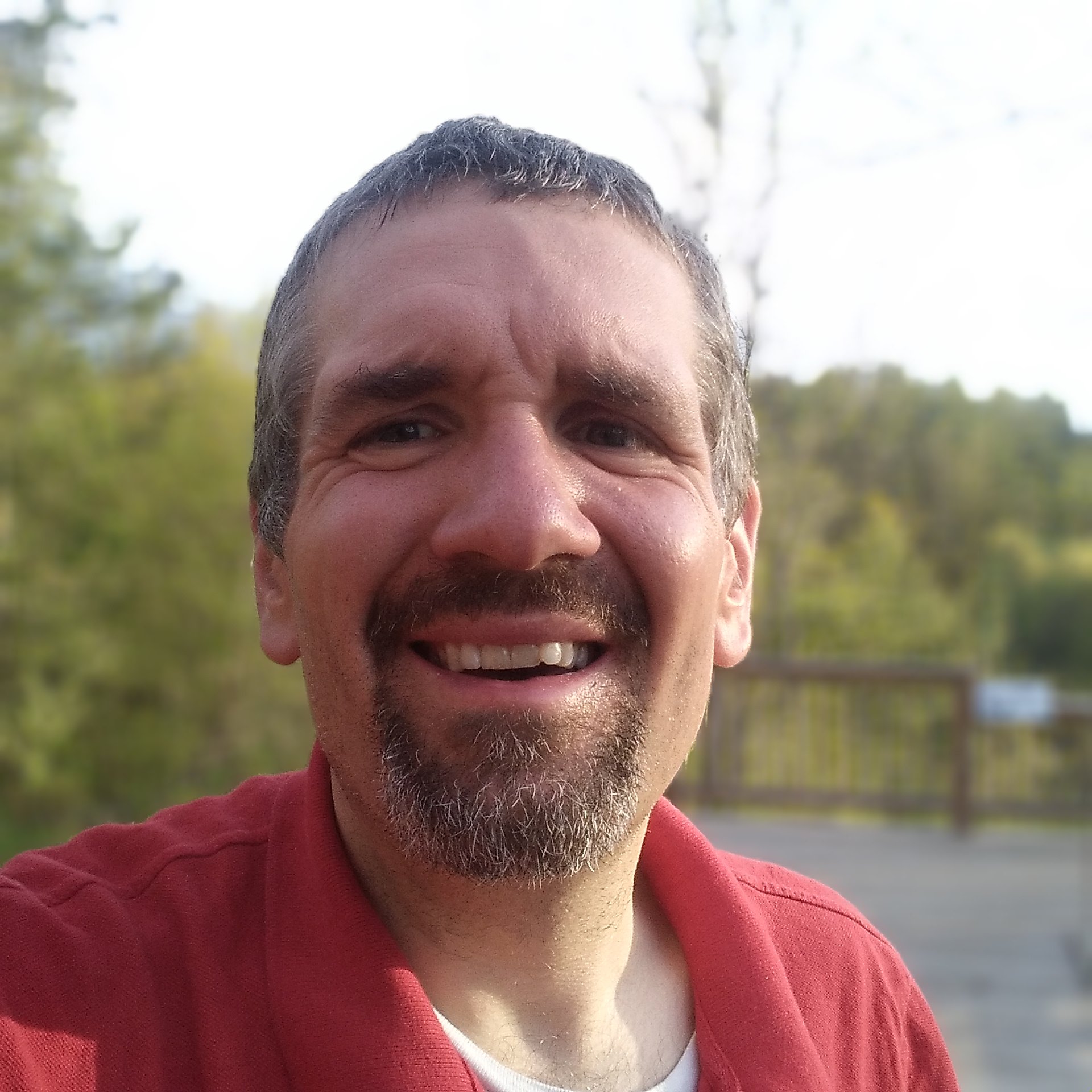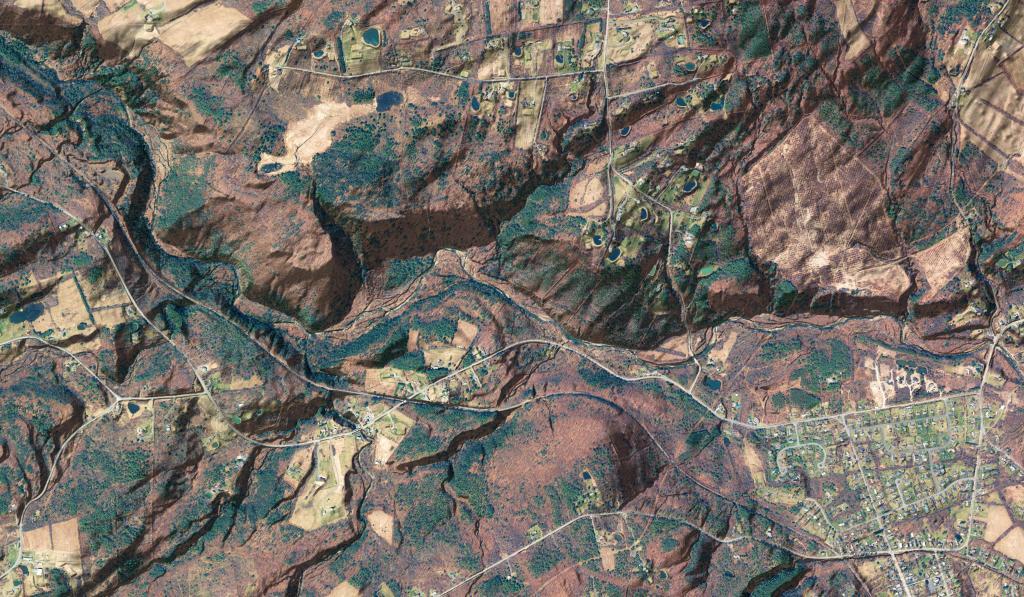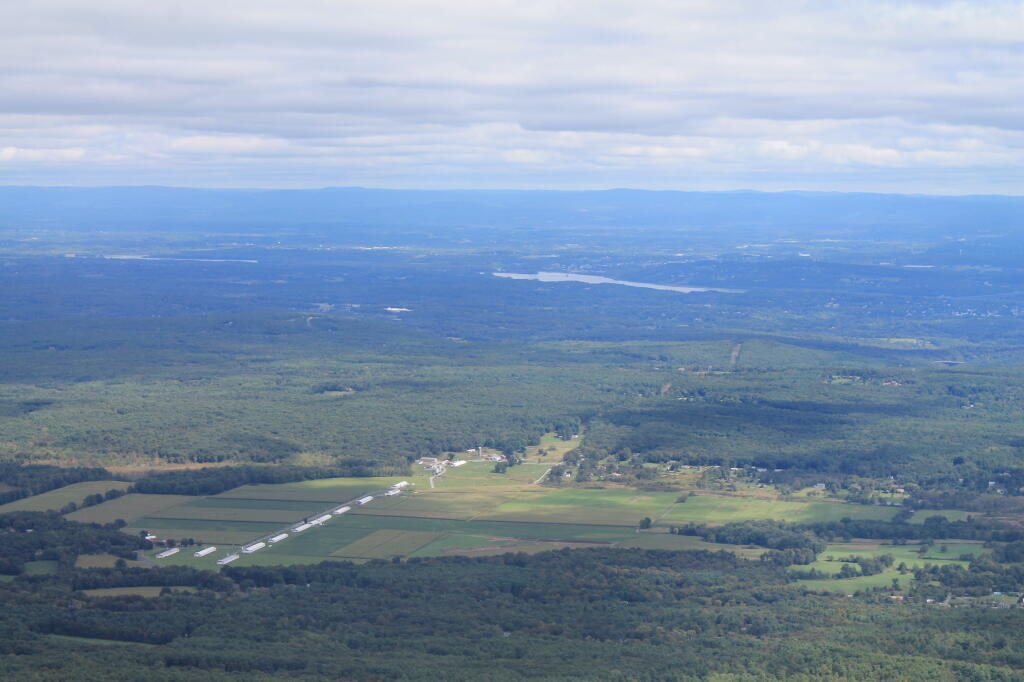
Love Canal 1949
This historical Grand Island Topographic Map from 1949 shows the canal as still having water in it.
Chicekn Farm with Hudson In the Distance
What Do Pawpaws Really Taste Like? We Taste Test Them For Ya
Duanesburg Crossroads
Where NY 7 and US 20 come together in rural Schenectady County.
While I was a bit disappointed that the ear buds were not in stock 🎧
It was a nice morning to ride down to Hannaford and sit down by the Norman’s Kill for a while. Landlord was back today working on the unit next door, I headed out when I heard he was going to have to get the jack hammer out again. 🚧 . I don’t know how he plans to make money on the building when all he does it rip things out and work on it. 💵 Really scares me about buying an old house what unpleasant surprises there would be. 😳 But newer houses are so expensive and rarely come with much land. Got to keep looking on Zillow 🏡 and Lands and Farms. 🌽 And taking the back roads eyes 👀 wide open.
More clouds are pushing in now but the woods has that late summer green to it and when the sun comes out I’m reminded of the sparkle of the woods while high. ☀ When I first got to the Holt Preserve a lot of people were hiking but as midday approached the crowds thinned out. 👪 Reading 📖 more of that book about Unix programming 🤓 as I have a lot to read before the e-books are automatically returned. Also reading a book about salvaging old building parts in building a house 🏡
Farming and the Natural Landscape.
Farmers they say live off the fat of the earth.
In other words, they plant, they raise, the grow food and fiber in the dirt which they either sell or feed to livestock. The same could be said of ranchers, or for that matter loggers — both who generally use and manage natural resources both for today and tomorrow. They work the land in ways that tries to tie down and maximize nuetriant uptake in plants, use science to produce more product with less impact and fewer inputs.
Farms by their very nature are quite adaptable land-use pattern. A farm can become a housing development, a forest or wilderness area, a commerical plaza, an industrial area or a highway. Or it can continue to be agriculture. For one, farms are generally large properties, with one owner. Many farms are hundreds of acres, in some parts of country that are flatter and less agriculturally productive, farms can be thousands of acres managed by a single family. That makes land transfers and wide-spread development or conservation much easier.
Farm land is generally lightly developed, as most fields are dirt that could quickly grow back up to forest if abandoned. Or paved or built over. Farming in many ways is a temporary land use, much more so then when a farm land is paved-over, subdivided, or used for other non-natural purposes. Developed land is often in many hands, and contains buildings, infrastructure, and other things that can be costly to remove. Farm land also is more productive to wildlife, often the home of many species of birds, deer, coyotes and other wildlife. It absorbs carbon dioxide, and is part of a healthy landscape.


